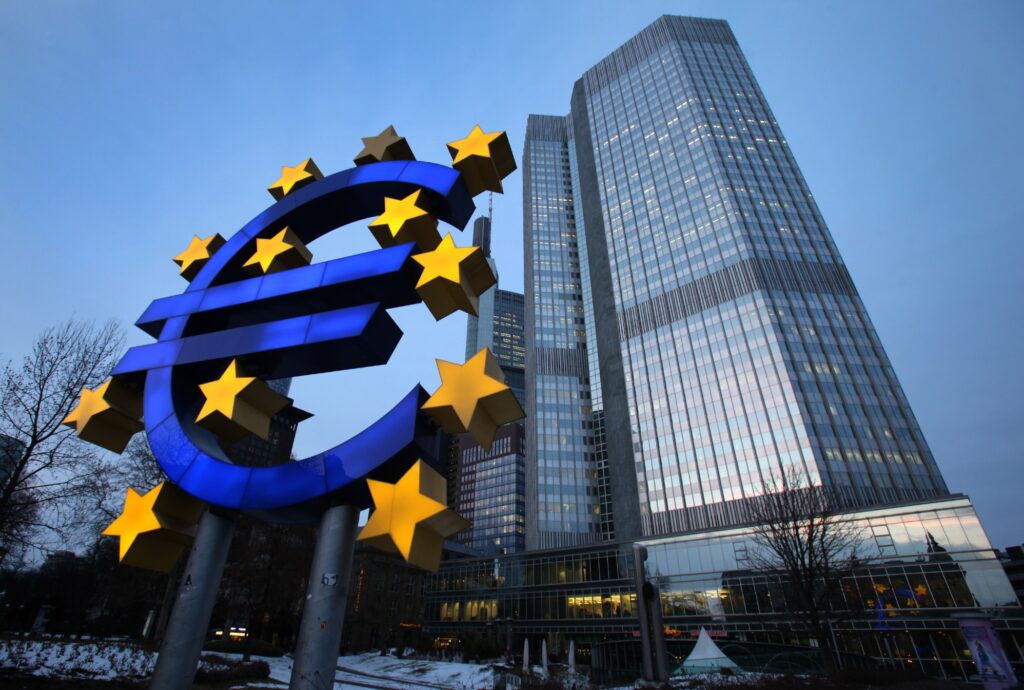Euro Decline In recent days, the Euro has been facing a challenging period in European trade, as it steadily loses ground against its major counterparts, most notably the US dollar. This downward trend has persisted for the fourth consecutive session, bringing the Euro perilously close to six-month lows. The primary driver behind this decline is the growing concern over the widening gap in policies between Europe and the United States. In this article, we will delve into the key factors contributing to the Euro’s decline and examine the implications it holds for the global economic landscape.
The Euro Decline Recent Performance
The Euro to US Dollar (EUR/USD) exchange rate has been a focal point of concern, with a notable 0.2% drop to 1.0640. While it briefly reached a session-high at 1.0663, this uptick was unable to counter the overall downward trajectory. The Euro’s losses have been persistent, with yesterday marking its third consecutive day of decline, ultimately bottoming out at 1.0617. This decline precipitated by a series of economic data releases from the United States.
The Interest Rate Gap
One of the primary drivers of this decline is the shrinking interest rate gap between Europe and the United States. Currently standing at just 100 basis points, this is the lowest it has been since May 2022. However, there is potential for this gap to widen again, possibly reaching 125 basis points in November. This change could have significant implications for the currency markets and global trade.
Euro Decline Implications for Monetary Policy
Analysts are closely watching the developments in monetary policy on both sides of the Atlantic. In light of the diminishing interest rate gap, expectations are shifting. The European Central Bank anticipated to pause its rate hikes in November, having effectively reach neutral levels in September. On the other hand, the Federal Reserve in the United States expected to raise interest rates by 25 basis points during the November meeting after pausing rate hikes in September.
Impact on Major Sectors
Investors are anxiously awaiting a deluge of important European data scheduled for release in September. This data will encompass the manufacturing and services sectors, and it is likely to have a substantial impact on the Euro’s standing in international markets. The performance of these sectors will serve as a barometer of the Eurozone economy’s health.
Conclusion
The Euro’s decline in European trade is a complex phenomenon with far-reaching consequences. It is driven by a combination of factors, including the interest rate gap and shifting monetary policies. As important European data for September looms on the horizon, it remains to be seen how the Euro will fare in the coming weeks. These developments underscore the interconnectedness of global financial markets and the need for a nuanced understanding of economic factors.
FAQs
- Why is the Euro declining against the US dollar?
The Euro’s decline can be attributed to a shrinking interest rate gap between Europe and the United States
among other factors. - What are the potential consequences of the interest rate gap widening again?
If the interest rate gap widens, it could impact currency markets and global trade dynamics. - What is the outlook for monetary policy in Europe and the United States?
Analysts expect the European Central Bank to pause rate hikes in November
while the Federal Reserve is likely to raise interest rates in the same month. - Why is the performance of European manufacturing and services sectors crucial?
These sectors’ performance provides valuable insights into the overall health of the Eurozone economy. - How can investors navigate the changing Euro landscape?
Investors should stay informed about economic developments, monitor central bank policies
and consider diversifying their portfolios to mitigate risks associated with currency fluctuations.

